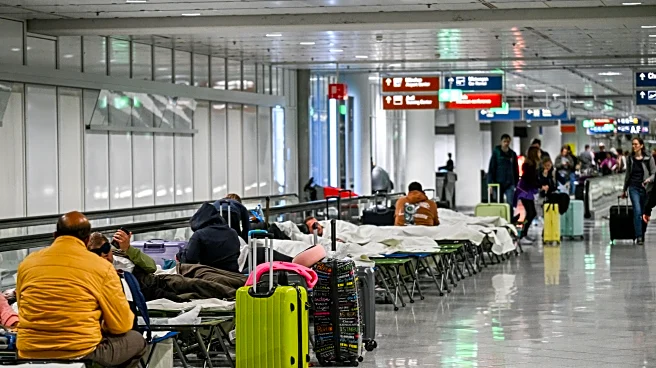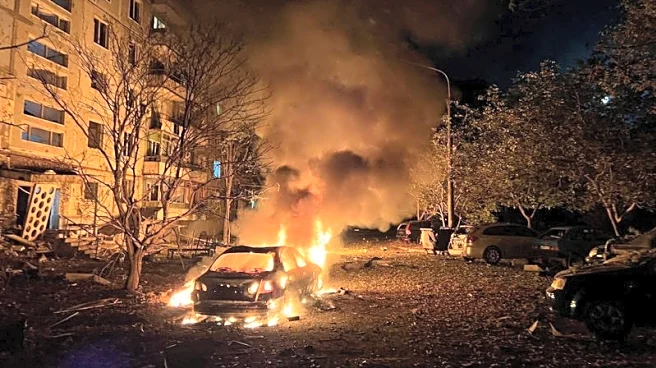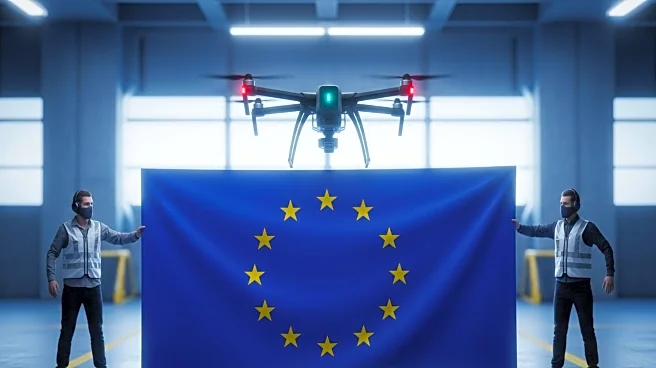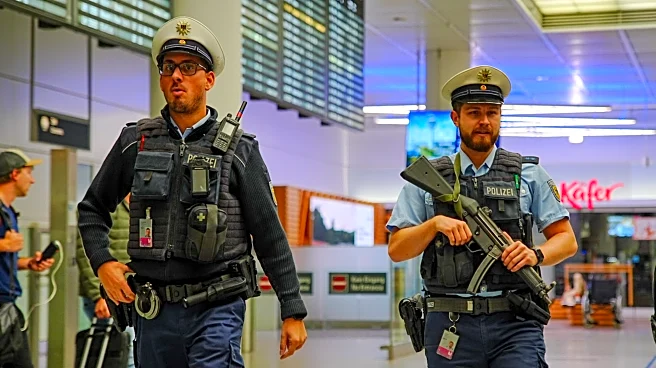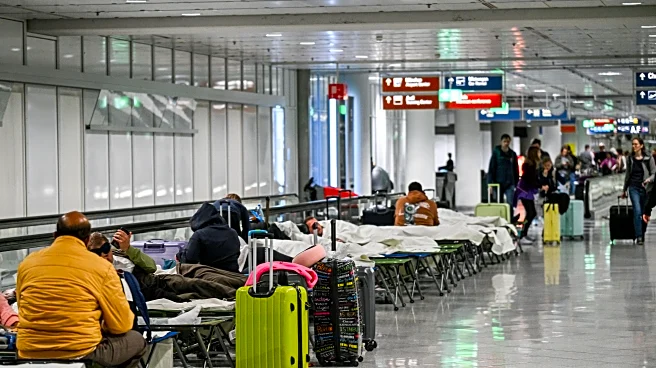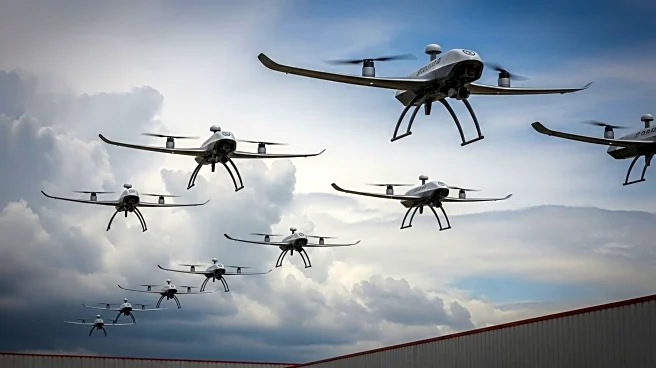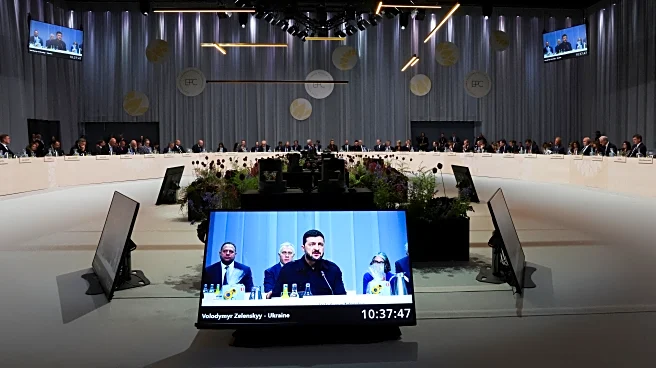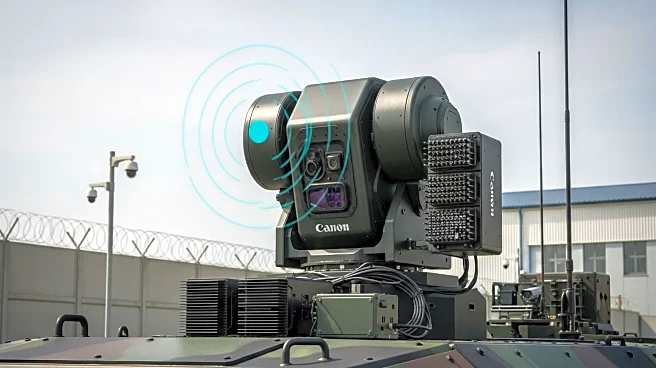What's Happening?
Lithuania's Vilnius Airport experienced a temporary suspension of air traffic due to balloons potentially entering its airspace. The airport, which is the largest and busiest in Lithuania, halted operations late Saturday, affecting several overnight flights. Incoming flights were redirected to neighboring countries Latvia and Poland, while departures were canceled. A flight from Copenhagen returned to Denmark. The suspension was lifted early Sunday morning after several hours. This incident is part of a broader pattern of disruptions in European aviation, with recent drone sightings and air incursions affecting airports in Copenhagen and Munich.
Why It's Important?
The suspension of air traffic at Vilnius Airport highlights ongoing challenges in European aviation security, particularly concerning unauthorized airspace incursions. Such disruptions can have significant economic impacts, affecting airlines, passengers, and airport operations. Lithuania's response, including the declaration of a no-fly zone near its border with Belarus, underscores the geopolitical tensions in the region. As a NATO member and supporter of Ukraine, Lithuania's actions reflect its strategic priorities in maintaining airspace security amidst regional instability. The incident also raises questions about the effectiveness of current airspace monitoring and control measures.
What's Next?
Lithuania may enhance its airspace monitoring and security protocols to prevent future incursions. The country could collaborate with neighboring nations and international aviation authorities to develop more robust detection and response strategies. Additionally, airlines operating in the region might adjust their flight plans and schedules to mitigate potential disruptions. The incident could prompt broader discussions within the European Union and NATO regarding airspace security and the integration of advanced technologies for surveillance and defense.
Beyond the Headlines
The incident at Vilnius Airport may lead to increased scrutiny of airspace security measures across Europe. It highlights the need for international cooperation in addressing non-traditional threats such as balloons and drones. The situation also reflects the complex interplay between aviation security and geopolitical dynamics, particularly in regions with heightened tensions. Long-term, this could drive innovation in airspace management technologies and policies, influencing how countries safeguard their skies.

